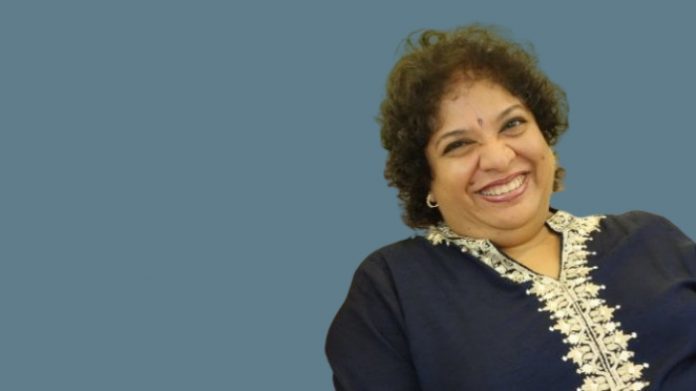
Rendezvous with Mona Cheriyan, President & Group Head, HR, Thomas Cook (India) Ltd.
Mona Cheriyan is currently the President & Group Head Human Resources of Thomas Cook India Ltd. She is responsible for the Strategy, Leadership Development, Employee Engagement, and other HR functions at the Group level. Thomas Cook’s footprint currently extends to 25 countries across 5 continents. She is an expert in behavioral sciences and personally imparts training in various Leadership development areas. She has also been associated with campuses viz. TISS, Symbiosis, SP Jain, IIFT, Welingkar, etc.
Q- What are the HR challenges that you see in the next couple of months?
The novel coronavirus has affected our lives in many ways, including the way we work. Ever since the outbreak occurred, workplaces globally had to close down their offices and ask employees to work remotely.
The change in work culture due to the pandemic is not only affecting employees but also poses a challenge for the human resources team. While we at the TCIL always had a work-from-home policy, we never anticipated it to be implemented on such a large scale and for such a long duration.
The Human Resources team at Thomas Cook has been at the heart of managing employees and helping them cope with the changes in work-life during the pandemic. With the expectation of the vaccine and opening of borders, our business is now on the cusp of recovery and the role of HR is becoming even more important.
Right now, our primary task is to ensure our employees’ wellbeing, both physical and mental. We understand they are at home and probably navigating a lot more than work, such as household chores and other challenges. In order to make employees more comfortable during the pandemic, we have modified our insurance policy to include Covid related coverage, introduced flexible work timings and measures to increase employee engagement despite remote working.
Q- What are your plans and priorities for 2021?
The need of the hour is to develop adaptability and resilience in our workforce as we make an accelerated shift towards a new, digital economy. We invested and continue to invest in equipping our employees’ new skills and equipping them to deal with the “new normal”. In addition to learning skills related to their roles, we developed competencies in our employees to take on new challenges. We launched a blended learning programme called ACE which had modules like – Managing Self, Being an Effective Team Player, Relationship Management, and Team Leadership. The training given to employees was to ensure that we kept them occupied and engaged both in mind and spirit.
Some key changes that we have made in Thomas Cook to deal with the “new normal in 2021”:
- Re-established our organisational culture to adopt more flexible working arrangements. We have examined all our existing roles in the organisation and carefully evaluated which roles can be categorised as work from home, hot desk roles, or office working roles. We believe, there will be a major shift towards hybrid working models that capitalise on the benefits of both remote and office working. This hybrid model, though is a positive change, has had an impact on our existing office working model and therefore there is a shift in the existing organisational culture. The face-to-face interaction will now be through increased technology interfaces like MS Teams rather than physical meetings.
- Cost management has been a business imperative. As our industry has been one of the worst-hit by this pandemic, we have been forced to take measures to cut costs by temporarily deferring or reducing employee compensation and benefits. This has also opened the discussion around rethinking employee rewards and benefits in the long term.
- The Human Resources team has focussed on data collection and analysing the available data to promote data-driven decision making. Workforce analytics-enabled HR to gauge employee experience, engagement, and satisfaction. We will continue to leverage analytics to forecast our workforce requirements and to better optimise revenues and reduce costs. With increased technology implementation we will continue to rely on analytics to measure and monitor workforce performance and productivity.
- The move to a hybrid working model has opened up the organisations’ talent pool considerably. It now aids us in hiring talent not limited by physical location. We now have a more flexible structure to accommodate agile working and can hire from all geographies.
- We see our organization becoming more digital, redesigning ourselves to move faster, adapt more quickly, facilitate rapid learning, and embrace the dynamic career demands of our employees. We have re-imagined our hierarchical organizational structures and replaced them by models where work is accomplished in teams to compete and win in today’s global business environment.
Q- Any concluding remarks?
The Human Resources team will need to increasingly find ways to support business leaders in restructuring after the pandemic, take the workforce rationalisation measures while managing risks associated with such interventions, and increase productivity and employee engagement. The pandemic will most likely be with us well into 2021 and maybe 2022 in some parts of the world and therefore we need to learn to live with it.
Thank you Mona!








